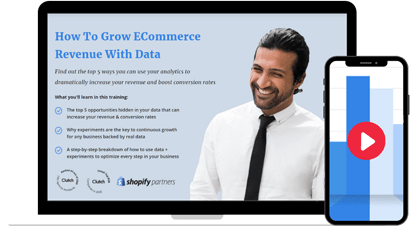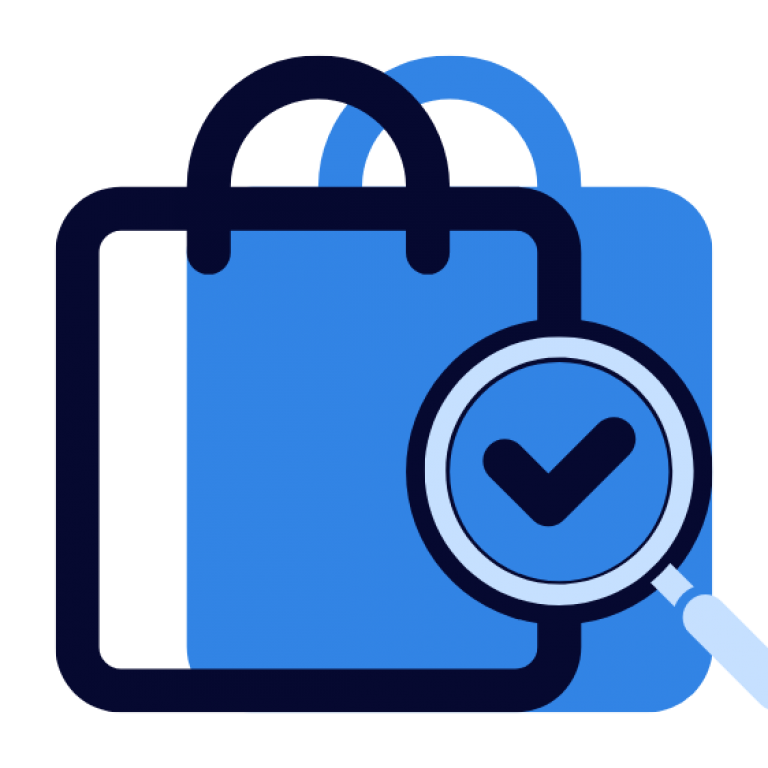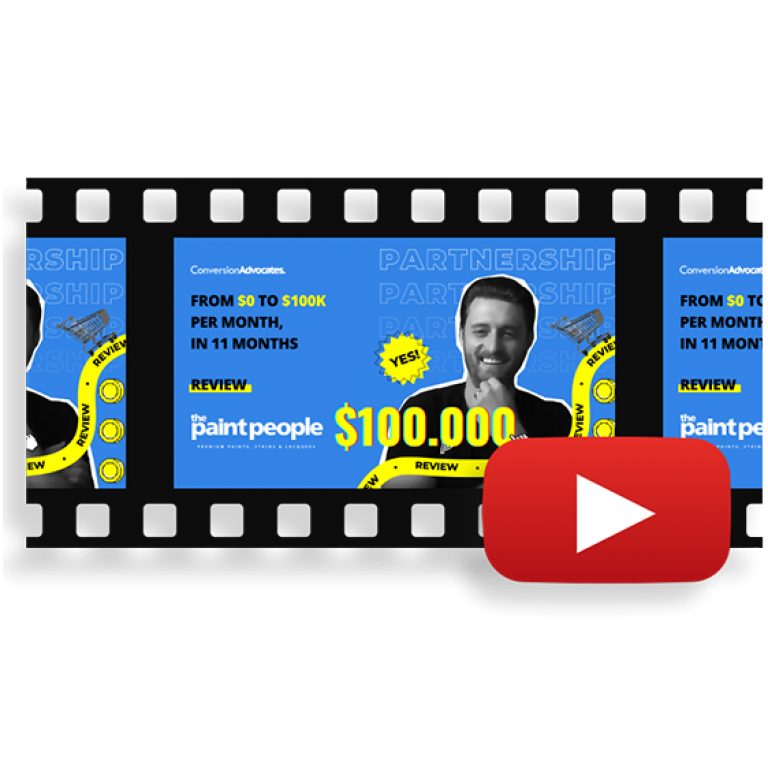a 11-minute read
Did you know that understanding who you’re talking to is what makes the difference between a successful marketing campaign that resonates with your customer and one that gets completely ignored?
Now you do.
Strategically delivering the right information to the right people, at the right step of their customer journey makes all the difference. But to do this you’ll need to do these three things:
If you haven’t heard of this before, don’t be alarmed. Most of the business owners or digital marketing newbies have no idea how to respond to questions like:
- Who is your customer persona?
- How did you approach customer journey mapping?
- What is the major pain point of your ideal customer?
But, this doesn’t mean you shouldn’t get very comfortable doing all of this.
This is a fundamental activity that every business should be doing.
Gaining a deep understanding of your target market and the different buyer personas will change the way you make decisions for the better. But these won’t mean anything unless you have a customer journey map that will help you understand the entire customer journey and optimize touchpoints in order to improve customer experience.
Step 1 | Understand Your Target Market
A lot of people wonder what is the difference between a target market and a target audience?
So, let’s clear this up first.
The target market is the whole group of people that a brand wants to sell to. In contrast, the target audience is much narrower; it’s a particular group of individuals the company expects to buy the product.
To put it short, the broader pool of potential clients is the target market. And this is exactly what we’ll discuss here.
You see, in order to sell your services or products effectively, you first have to know who you are selling to.
This is why your target market is usually broad, almost a generalization of the ideal customer for your business.
For example, if you run a roofing business, your target market would be much different than a business that runs a video game arcade. It would be:
- Home or property owners, for one.
- A bit older, old enough to afford roofing services.
- Concerned about protecting their property and their real estate investment.
- They would have disposable income.
How to Identify Your Target Market?
Knowing to whom and when to market can be very challenging. But nevertheless, it is necessary if you wish your marketing efforts to be both efficient and effective.
Before we dive into five factors that will help you define the target market, there are two things you’ll need to do:
1. Don’t lose your focus.
Prioritize ruthlessly. Be very honest about what your product is, its quality and the problem that it solves. Then ask yourself who would need it? Start broad, and then keep narrowing it down.
2. Collect qualitative and quantitative data.
There's time for luck, and there's time for data. Defining your target market definitely requires the latter. Click To TweetYou see, without the data – this entire process will be based on guessing.
So, do you already have data?
You just saved yourself a lot of time. Dig into it, and segment it until you find exactly what you’ve been looking for. Back it up with some carefully designed surveys and researches of relevant threads in Facebook groups, Quora, LinkedIn, or any other social media platform or relevant forum.
Don’t have data?
Just skip the first part, and dive right into surveys and good old research. You’ll use the data you collect to tweak your ideal target market on the go.
Five Questions for Defining Your Target Market
It’s easy to get lost in the process of pinpointing your target market. So we decided to outline five questions you need to answer when defining it. You can think of them as “filters” that will help you narrow it down:
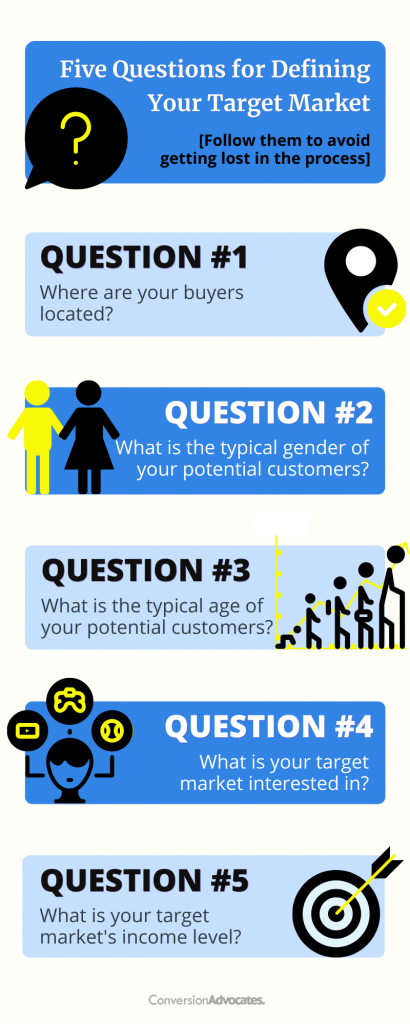
1. Where are your buyers located?
If your business only provides its services within a certain area, like a city, county, or state/province, then that drastically narrows down your target market and alters your marketing strategies.
You wouldn’t want to waste advertising dollars showing ads to people that live in Florida when your business only operates in Ontario. Stick to your targets!
2. What is the typical gender of your potential customers?
Do you have a gender-specific product? That’s great! This will immediately narrow down your audience.
Or will it?
Limiting yourself to a single-gender can be dangerous if you haven’t done the proper product research. There are not so many products that are gender-specific nowadays. And even if they are, a lot of them can be bought as presents!
Narrow your focus whenever it’s possible, but don’t force it.
3. What is the typical age of your potential customers?
When Taylor Swift releases a new album, she isn’t targeting 55-year-old men with her advertisements. They aren’t interested in the product that she produces.
So, if you’re selling paragliding equipment, while there might be some extraordinary exceptions, we’re quite sure that octogenarians won’t go crazy for your offer.
4. What is your target market interested in?
Just because someone plays soccer and is interested in sports, doesn’t mean that they are going to want to purchase products from your baseball supply company.
When outlining the target market remember to focus on the ideal customer who will buy regularly or in large quantities, not fringe demographics that might be interested in small doses. You’re ideally looking for loyal customers and repeat business.
5. What is your target market’s income level?
Make sure your target market has the money to buy your product or service.
A person that shops at Target probably occupies a different income bracket than a person that frequents Saks on Fifth Avenue.
These are all examples of individual aspects of a target market. The truth is that any target market should be a combination of these factors. So, your target market isn’t just women, but:
18-35-year-old low to middle-class women, in Southern Quebec, with an interest in kneeboarding.
Outlining a target market doesn’t mean that you won’t accept customers outside of that market; it just gives you a point of reference for every marketing choice you make moving forward.
Ultimately, you want to be able to answer this question:
Is appealing to [target market you defined]?
So before you go and invest a large sum of money or effort into a marketing campaign, make sure you have a “YES!” answer to this question!
And now that you understand what is your target market, it’s time to break that audience down into different buyer personas.
Step 2 | Create Buyer Persona
Every business has many different types of customers. Sticking with our roofing company example – their clientele would include homeowners, business owners, apartment complexes, office buildings, and generally anyone with a roof they are responsible for.
That includes a huge number of different people and they are often all different. They have different wants, needs, and budgets.
Sure, both Tommy Homeowner and Billy CommercialProperty need roofing services, but they have completely different problems that need solving with very different budgets. Which means you can’t approach them with the same message. This is where buyer personas kick in. But, let’s start with the basics.
What is a buyer persona?
Kids have imaginary friends, marketers have buyer personas.
You see, a buyer persona is a profile of your ideal customer. It is in fact a detailed description of someone who represents your target audience. This fictional person embodies the characteristics of your best potential customers, and it should have a name, demographic details, interests, and behavioural traits. So, when creating it, think about how you might describe or communicate your product or services to this particular type of person.
Why is it important to focus on the buyer persona?
The answer is very simple:
If you don’t know who you’re aiming your efforts at, how are you going to sell your products or services?
For example, Tommy Homeowner might be concerned about keeping his family safe, and Billy CommercialProperties might be more concerned about legal liability.
While the solution is similar, their problem is quite different!
Buyer personas are important for understanding your customer base and creating marketing messages that are specific to their needs. Writing down buyer personas of your typical types of customers helps to give you an understanding of what you’re doing right and what could be improved upon.
Do you feel that your messaging matches at least one of your personas? If not, that could be a sign that you need to change something.
Once you create buyer personas, you’ll be able to create custom sales funnels and marketing materials that will ensure customer satisfaction. You see, every user persona has a different experience when working with your company – you just need to make sure it’s as positive an experience as possible!
How to create buyer persona
Unfortunately, this isn’t as simple as giving them cute little names like “Billy CommercialProperties” and “Tommy Homeowner” – although that part is always fun.
Profiling your ideal customer is all about understanding:
- Customer’s perspective,
- Customer needs,
- Customer pain points.
You can check out our free 38 question buyer persona template, but in the meantime, here’s a summary of some of the key questions you will need to consider. Read the following list and think carefully about each question:
- Basic buyer persona profile. Who are they? Where do they work? What kind of responsibilities do they hold? How are they going to evaluate the product you deliver?
- Priority initiative. What conditions trigger the buyer’s decision to look for a solution that you offer? Why are they interested in your product?
- Success factors. After purchasing your product, what kind of outcomes is this persona expecting? Can you reach or exceed those expectations? What are the problems that your product actually solves?
- Obstacles. Why might this person have concerns about your product or service? What might prevent them from purchasing from you? Essentially, these are the doubts that might run through a buyer’s head before purchasing your product, or during the time when you are attempting to close the sale. This helps you to outline well-thought-out answers to common questions and concerns.
- Customer journey map. What is the process that the customer actually goes through when purchasing your product? (More on this in a bit.)
- Think back to previous experiences that you’ve had with buyers in this persona. What kind of questions did they ask? What answers were successful? Take notes and use previous experience to your advantage.
This is the real meat and bones of the buyer persona outlining process. This is where you nail down the facts about who they are, what they want, and how you should engage with them on each touchpoint in order to meet customer expectations the right way at the right stage of their purchase journey.

FREE Buyer Persona Template
Getting to know your ideal customers is a vital first step for knowing whether you’re actually offering what they want. These 38 questions will help you get started with profiling them.
Step 3 | Customer Journey Map
The customer journey is the complete sum of experiences that customers go through when interacting with your company and brand. It documents the full experience of being a customer.
So just think about your latest customer and write down every step they took to purchase your product. Everything from where they found you, to filling out their information on your website, to receiving a follow-up call a week later. Think about:
- How often do they have to contact you in order to purchase the product?
- Are you collecting information in two different steps that could be done in one?
- Maybe adding an additional input to your contact page can eliminate an entire phone call from the process and get the product delivered a day earlier?
Mapping out and writing down the journey that a customer goes through to purchase your products can be hugely beneficial.
Not only can it help you identify areas where the process can be streamlined and improved, but it can actually help you pinpoint the touchpoint/s where your customers might be getting frustrated.
In the end – a customer journey map is crucial for creating successful sales funnels. So we went ahead and created a ready to use customer journey map template that will help you get started, but we didn’t stop there. We also explained some of the most important parts of the process of customer journey mapping – so make sure to continue reading.

CUSTOMER ANALYTICS
Everything you ever wanted to know about your customers in one place. You’re just a few clicks away from finding out exactly who your big spenders and at-risk customers are! [And so much more]
Creating Customer Journey Map
Now that you understand what customer journey is, it’s time to talk about journey mapping.
Whether you do all of your business online, offline, or some mix of the two, it’s not too complicated to outline a customer journey.
Remember: a customer journey map is a framework for improving the customer experience. So when outlining the journey map, you need to consider these typical steps:
Customer Acquisition – How did the customer find you?
Where did the customer first learn about your business? How did they know that your product even exists? Some common answers might include:
- Print Advertisements
- Online Advertisements
- Yellow Book Listings
- Online Directories
- Google Search
- External Links
There are an almost infinite number of ways your business could be found, if you are doing everything you can to get your company in front of your target audience. Depending on how the customer is acquired, there might be different steps and completely different customer journey maps that need to be drawn up to accommodate that customer.
Touchpoints – How did the customer reach out?
Once a customer finds your business and becomes interested in your product, they will contact your business through one of your touchpoints, or communication points. These are the channels you open up to customers.
A few common touchpoints that would be a part of a customer journey map include:
- In-Store
- Website
- Contact Form
- Phone
- Customer service
- Social Media Network
Ultimately your goal should be to funnel your customers into your sales funnel at the same point, regardless of how and where they first interacted with you.
Pre-Sales – Steps taken before purchase
After reaching out to you through one of your available communication channels, how does the customer go about having their questions answered and doubts resolved?
The way you accept payments might be unique to your specific business.
Those that sell physical products might have a straightforward process, while those that offer services might have a more complicated one.
Some of the common steps in the purchase stage might include:
- An initial conversation with the lead, serving as an initial sales pitch.
- Answering questions, ironing out the finer details and putting together proposals.
- Pre-Sale support. Answering final questions, quieting doubts.
The pre-sales process is very likely to be unique to your company and product.
Purchasing – How and when does the customer pay?
Once the customer has decided that they will indeed purchase your product, how do they go about it?
Taking payments is the most important part of any transaction. You want it to be a smooth and painless customer experience. A few popular steps during the purchasing process include:
Post-Sale Communication – when, and how will you reach out in the future?
One goal of any business is to turn a single sale into a repeat business. Nurturing past and present clients is an important part of any customer journey that often gets overlooked.
Use customer journey map to pinpoint exactly when and how you want to reach out. Some common steps include:
- Follow-up email;
- Follow-up phone call;
- On-site visit;
- Direct-mail newsletter.
At every point of going through your customer journey, think about the personas you built up earlier.
Are there any points that might prove particularly difficult for your target market?
For example, if you have forms of online communication, with no phone number or clear email, this might prove more difficult for older customers to grasp, as they are often used to having direct contact with companies offering products or services.
All of these areas are interlinked and journey mapping will underline just how important a true understanding of your target market is.
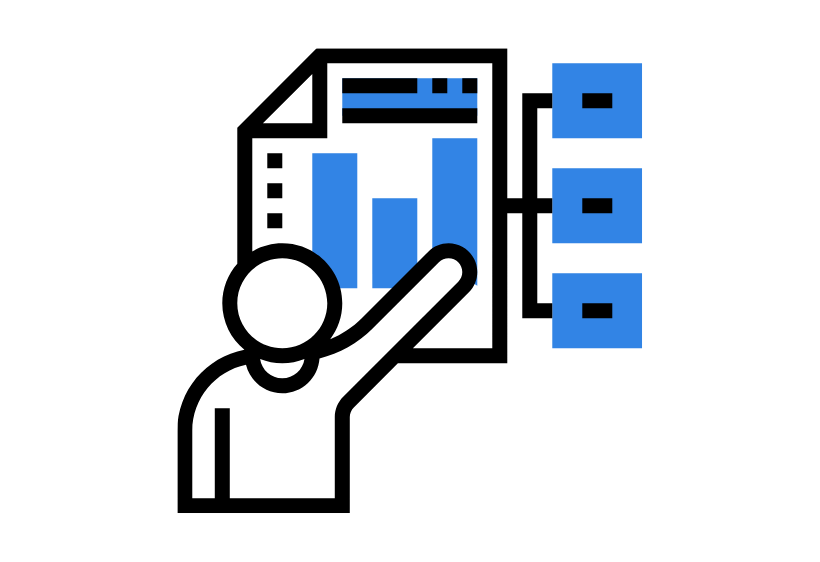
Free Customer Journey Template
Make sure to download our free customer journey map template that will help you get started.
Some Final Thoughts
The most important thing to remember is that customer journey mapping is an ongoing process, just like gaining a deeper understanding of your target market and perfecting your ideal customers’ profiles.
Ongoing qualitative user research and collection of quantitative data on how users behave on multiple touchpoints will help you tweak your customer journey map and finally optimize entire customer journey.

